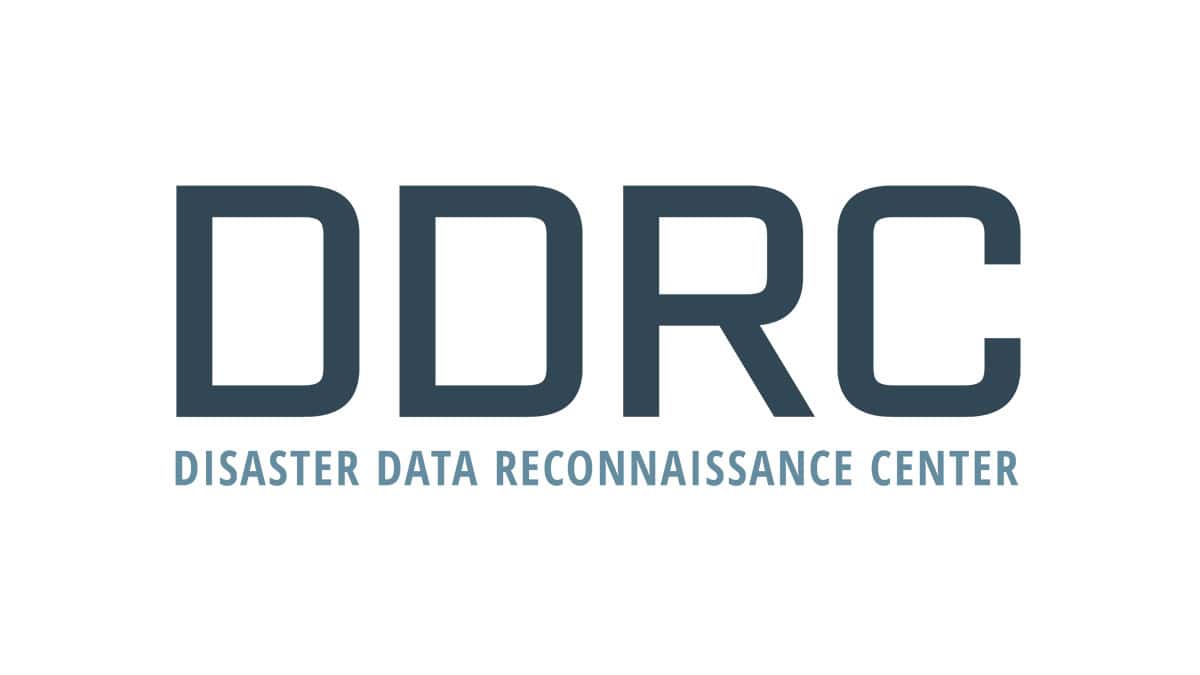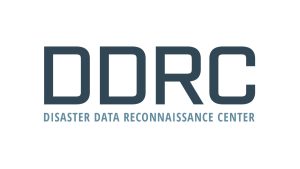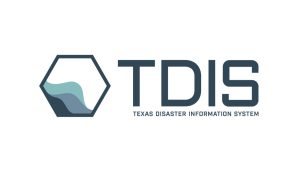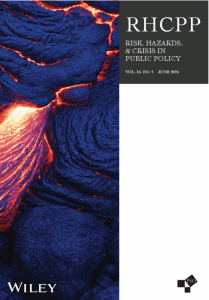HOUSTON, Texas — The Disaster Data Reconnaissance Center (DDRC), a new resource out of Texas A&M University’s Institute for a Disaster Resilient Texas (IDRT), has launched to provide Texas with secure and reliable disaster and environmental data solutions.
DDRC’s mission is to support disaster planning, mitigation, preparedness and recovery with high-quality, integrated mapping and sensing data across air, ground and water environments. With a comprehensive service model, the field-ready applied research and service center is designed to support researchers, public agencies and practitioners in advancing disaster resilience.
“Everyone needs a map, and every disaster-prone community deserves to be on it,” said Dr. Nicholas Hoskins, head of DDRC and an associate research scientist at Texas A&M. “Whether it’s an urbanized coastline or a rural data desert, DDRC helps bring critical field data to people and places that need it most.”
Embedded in the IDRT and Texas A&M infrastructure, DDRC aims to bridge the gaps between academic research, operational needs and public sector demands. Its core services include:
- Data Reconnaissance – Delivers field-to-finish data products by applying multi-modal sensing across air, ground, and water domains. Provides access to high-quality, integrated mapping and sensing data through comprehensive workflows for acquisition, processing and analysis.
- Field, Data & Decision Support – Offers tailored project insights supporting strategic reconnaissance operation planning, regulatory compliance guidance, and data architecture and processing workflows.
- Training & Certification – Builds capacity through foundational and advanced skills in drone operations, field data collection, environmental sensing, and data processing. These trainings go beyond basic drone licensing, offering hands-on instruction in real-world conditions for research and community applications.
DDRC is compliant with the Department of Defense (DoD) National Defense Authorization Act (NDAA), utilizing secure equipment that meets federal and state standards for sensitive operations. The center’s secure, multi-domain sensing capabilities and tools include:
- Air – Advanced drone platforms and sensors capture high-resolution imagery and elevation data from above to perform efficient, cost-effective aerial mapping.
- Ground – High-precision ground scanners and physical sensors measure and map soil, vegetation and built environment conditions.
- Water – Vessel support of all sizes equipped with tools and sensing technologies enable hydrographic surveys, underwater mapping, sediment core analysis and physical water sampling.
- Hybrid computing capabilities – Supports high performance, in-house processing and scalable cloud computing.
“Resilience starts with reliable information,” said Dr. Samuel Brody, director of IDRT and a professor at Texas A&M. “The DDRC has the advanced tools and expertise to help Texas communities mitigate disasters.”
The establishment of DDRC continues IDRT’s commitment to enhancing disaster resilience and environmental monitoring by converting data into knowledge and knowledge into action through collaboration and education.
For more information about the center and its services, please visit https://idrt.tamug.edu/ddrc/ or contact the Disaster Data Reconnaissance Center at ddrc@tamu.edu.
About the Institute for a Disaster Resilient Texas
The Institute for a Disaster Resilient Texas (IDRT) was established in 2020 by the Texas A&M University System Board of Regents following legislation by the 86th Texas Legislature. With a vision for a disaster-resilient Texas, the Institute works to bridge the gap between research and decision-making. IDRT provides innovative research, data analytics, training and policy tools to help leaders, collaborators and communities better prepare for and respond to natural disasters.
To learn more, visit https://idrt.tamug.edu/.





